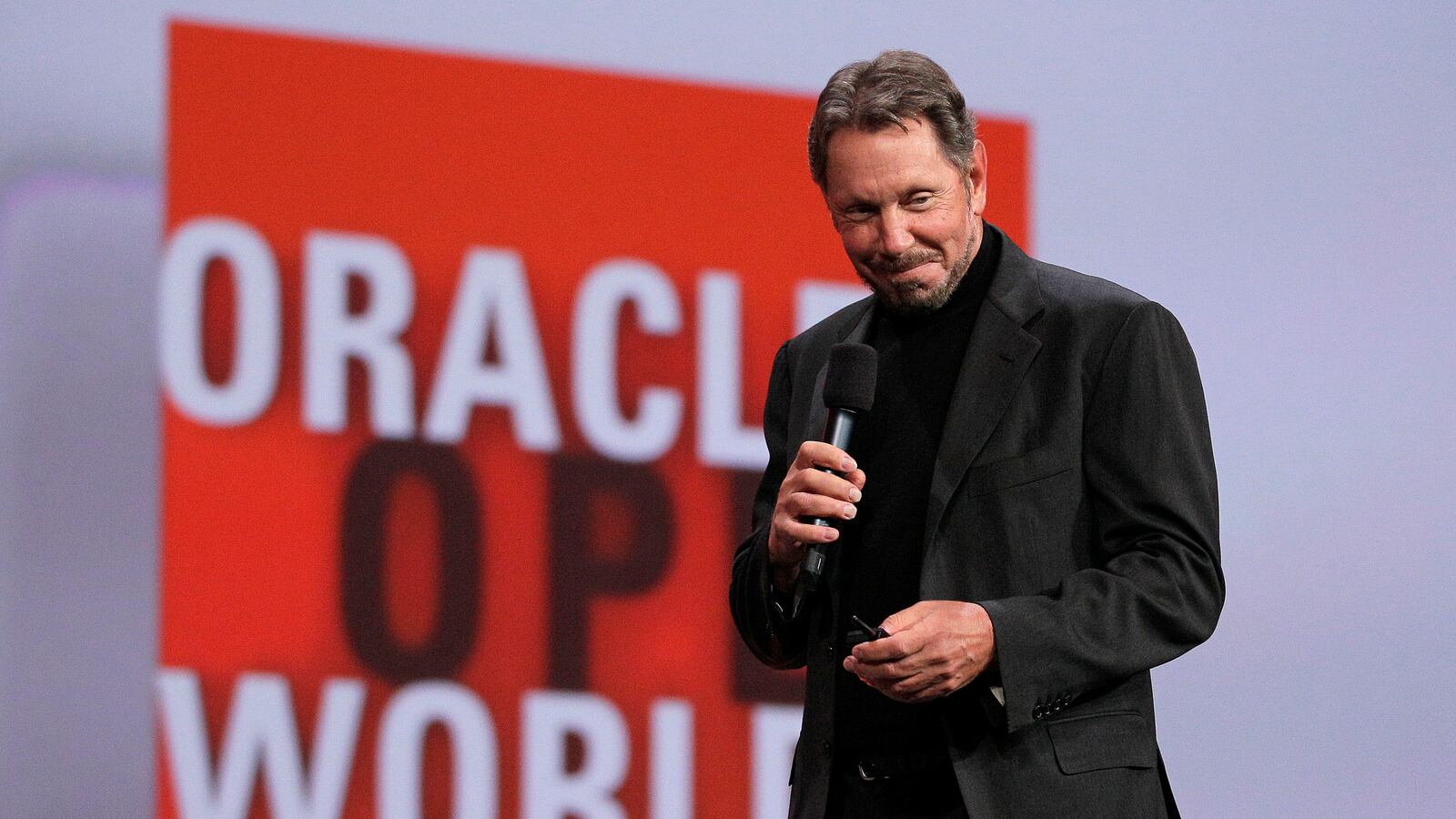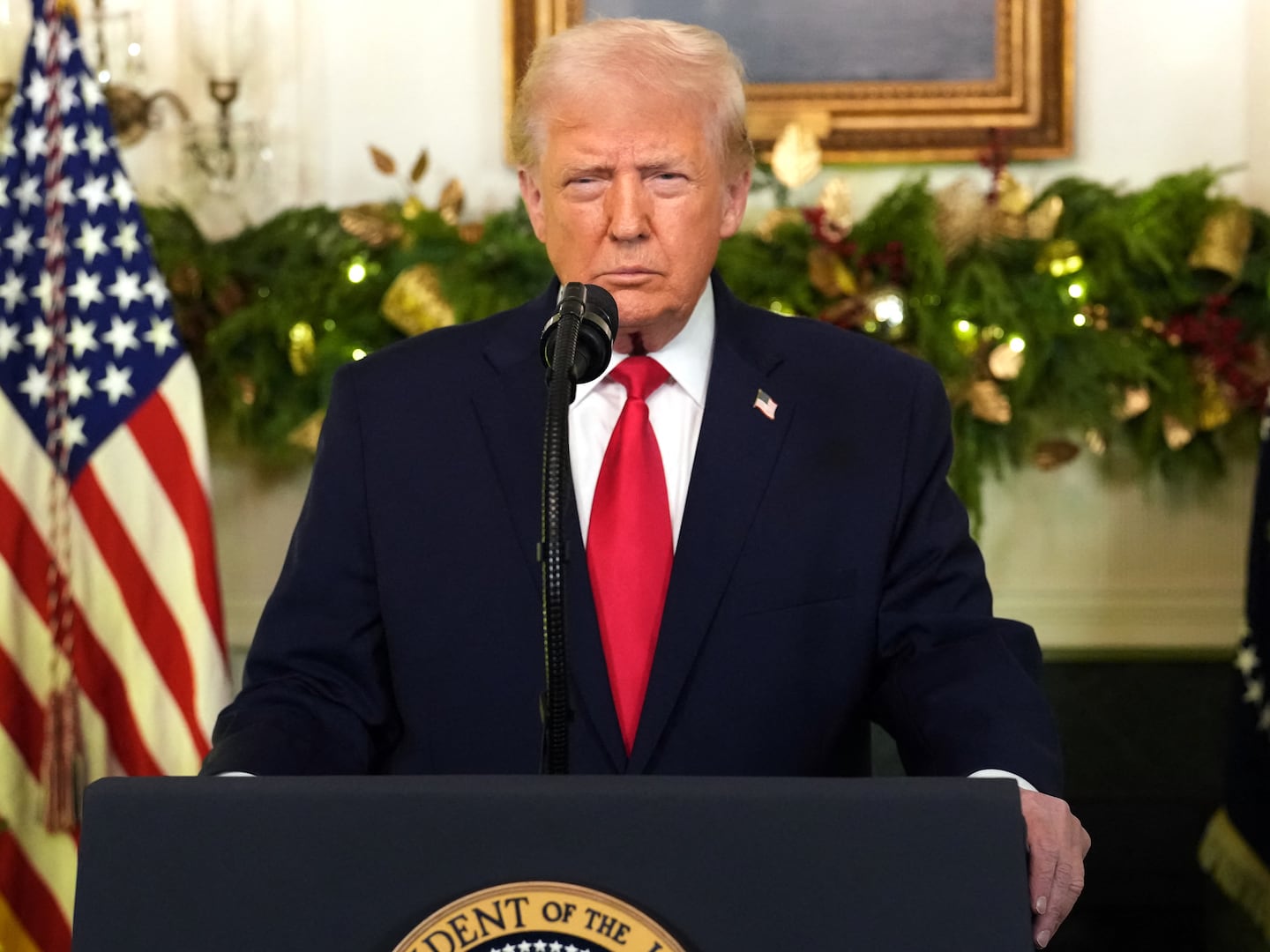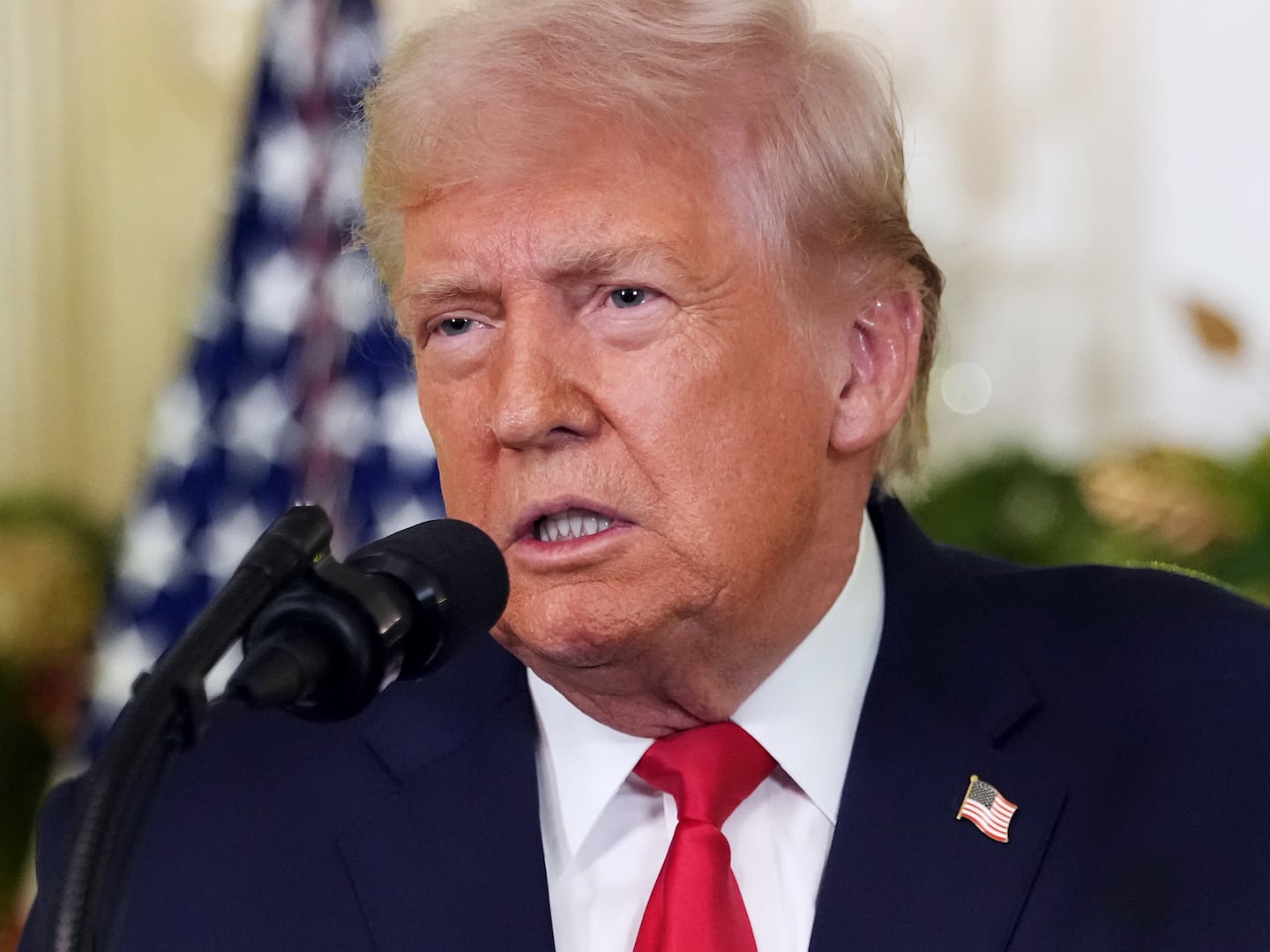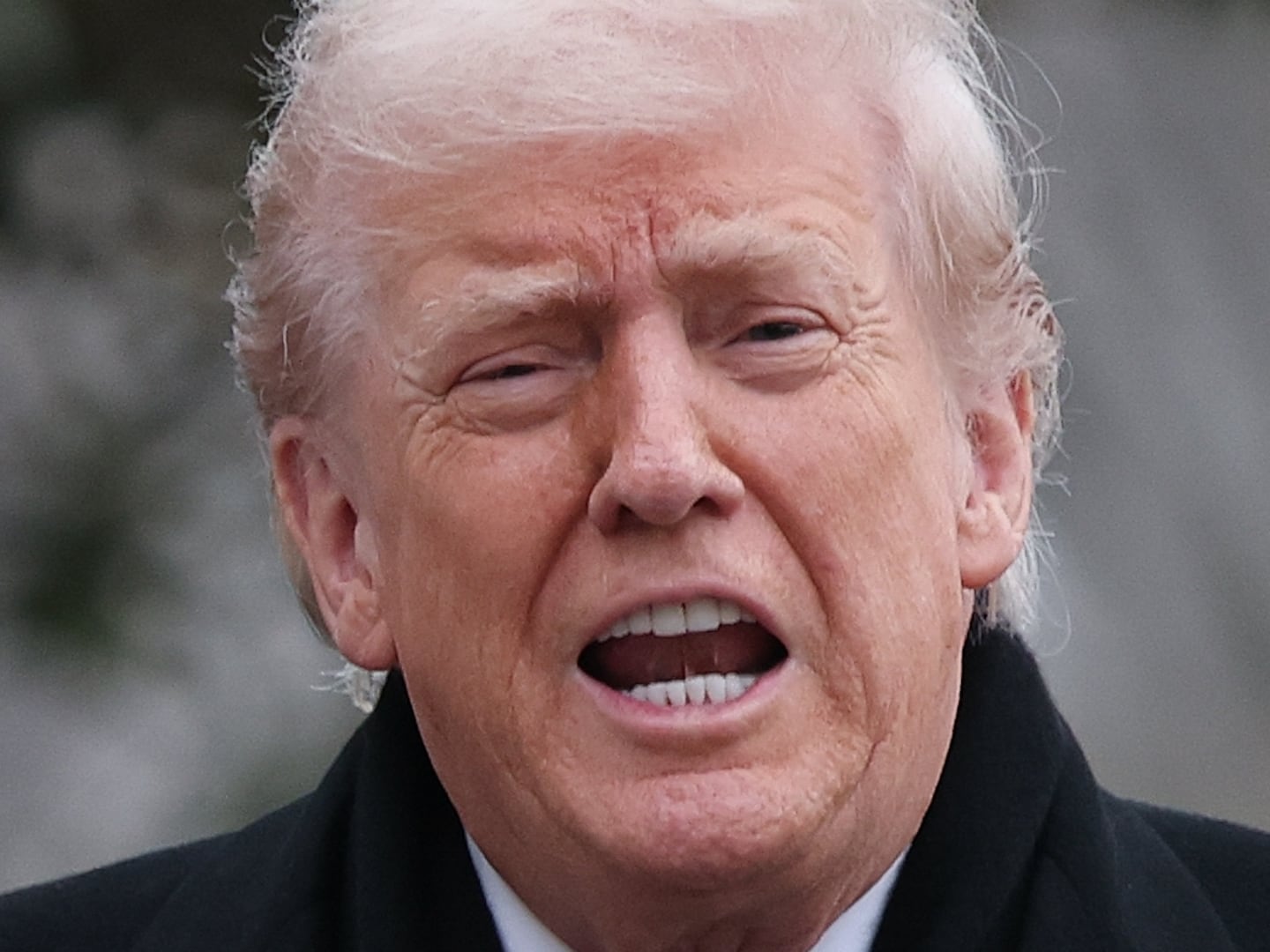Dividend mania continues unabated. With the final outcomes of negotiations over the fiscal cliff—and with it, the fate of the Bush tax cuts and their low rates on dividends for high earners—companies are shoveling cash out the door while their investors can still pay rates as low as 15 percent on their dividend income. The latest was Oracle, which announced Tuesday it will pay three quarters worth of dividends scheduled for 2013 by the end of the year. CEOs say they’re taking these actions to benefit all shareholders. But only a few really benefit.

Many of the dividend payouts are from companies run by insiders, meaning that large shareholders (typically in one family) also play a part in running the company or make up many seats on the board. So, Sheldon Adelson, the CEO and Chairman of Las Vegas Sands will get more than $1 billion from his company’s special dividend. Oracle is a large, publically traded company company, but its CEO, Larry Ellison, owns a large portion of the company and will get an estimated payment of just under $200 million from Oracle’s advanced 2013 dividend payments. The Walton family, which controls 48 percent of Walmart, could save up to $180 million on taxes because the company moved up the dividend payment from Jan. 2, 2013, to Dec. 27, 2012, according to a calculation in The New York Times (the Waltons and Ellison excluded themselves from their respective boards’ decision on dividend payouts). There’s also significant empirical evidence showing that dividend payout decisions are largely driven by the financial and tax interests of large individual shareholders, especially when it comes to one-off payouts like the ones we’re seeing now.
But here’s the thing. Stockholders are probably a minority of the population. And only a minority of that minority winds up paying taxes on stock dividends.
The IRS reports that, in 2010, of the just under 143 million individual tax returns, some 25 million reported qualified dividends that would be paid at either 15 percent or would be entirely tax free. That’s just one in six. According to data collected the Economic Policy Institute, under half of all households own any stocks, and only 21.7 percent own stock outside of retirement accounts. (Just over 80 percent of all stock, according to the same data, is held by households in the top 10 percent of income.) In other words, fewer of those who own stocks hold them in accounts that may leave them susceptible to the dividend tax; people don’t pay tax on dividends that accrue to stock in retirement accounts like 401(K)s of SEP-IRAs. As one market researcher told Marketwatch in September, ““If the bulk of your retirement funds are in tax-deferred accounts, don’t worry.”
Data from the Securities Industry and Financial Markets Association (SIFMA), shows that of the $22 trillion or so in U.S. stock, $8.14 trillion (36.6 percent by value) is held by individuals. Individuals in the top tax bracket could be seeing a jump on their dividend taxes from 15 percent to something over 40 percent, if dividend taxes return to ordinary income levels and the Bush tax cuts for high earners expire entirely. Joseph Rosenberg, who does tax research at the Tax Policy Center and Urban Institute, says that “about half of net corporate dividends are paid out primarily to individuals.”
Of the rest of U.S. stocks, around 55 percent are owned by insurance companies, foreigners, state, local, and federal worker retirement funds, and pension funds. All of these entities are tax-indifferent when it comes to dividend payments. Investors in mutual funds, which own some 19.7 percent of US stocks, have to pay taxes on dividends and capital gains when they’re distributed. But some mutual funds are part of larger structures whose tax liability is limited.
If your tax-deferred retirement plan is invested in mutual funds, then the capital gains and dividends from that mutual fund investment are treated like any other tax-deferred asset: you only pay taxes on those gains at income-tax rates when you withdraw the money from the retirement account. According to the Investment Company Institute, a trade group for fund companies, as of the end of 2010, “7 percent of all mutual fund assets were held in tax-exempt funds, and 48 percent were invested in tax-deferred accounts held by households.” This year, according to ICI, of the 49.3 million households that owned mutual funds, 36.0 million owned mutual funds exclusively through those accounts. Investing may have been democratized, but special, year-end payouts are firmly upper class.






